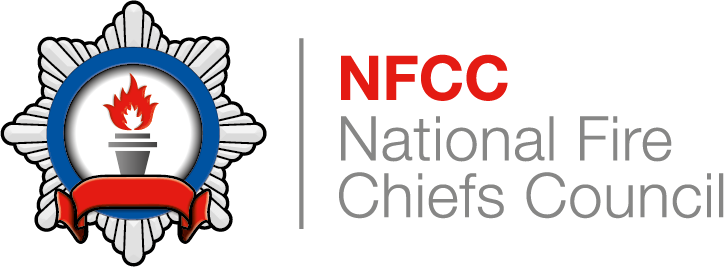Engines should be isolated before personnel approach the aircraft undercarriage hazard area. It may be appropriate to have locking pins put in place to prevent collapse of the aircraft, and chocks put in place to prevent its movement if the brakes have failed. Specialist advice or assistance would be required to ensure these actions are effective – refer to Stabilise the mode of transport.
If it is necessary to use firefighting media to extinguish a fire or provide cooling, this should be carried out methodically and uniformly to reduce the risk of thermal shock. If it is not required, natural cooling may be a less hazardous option.
